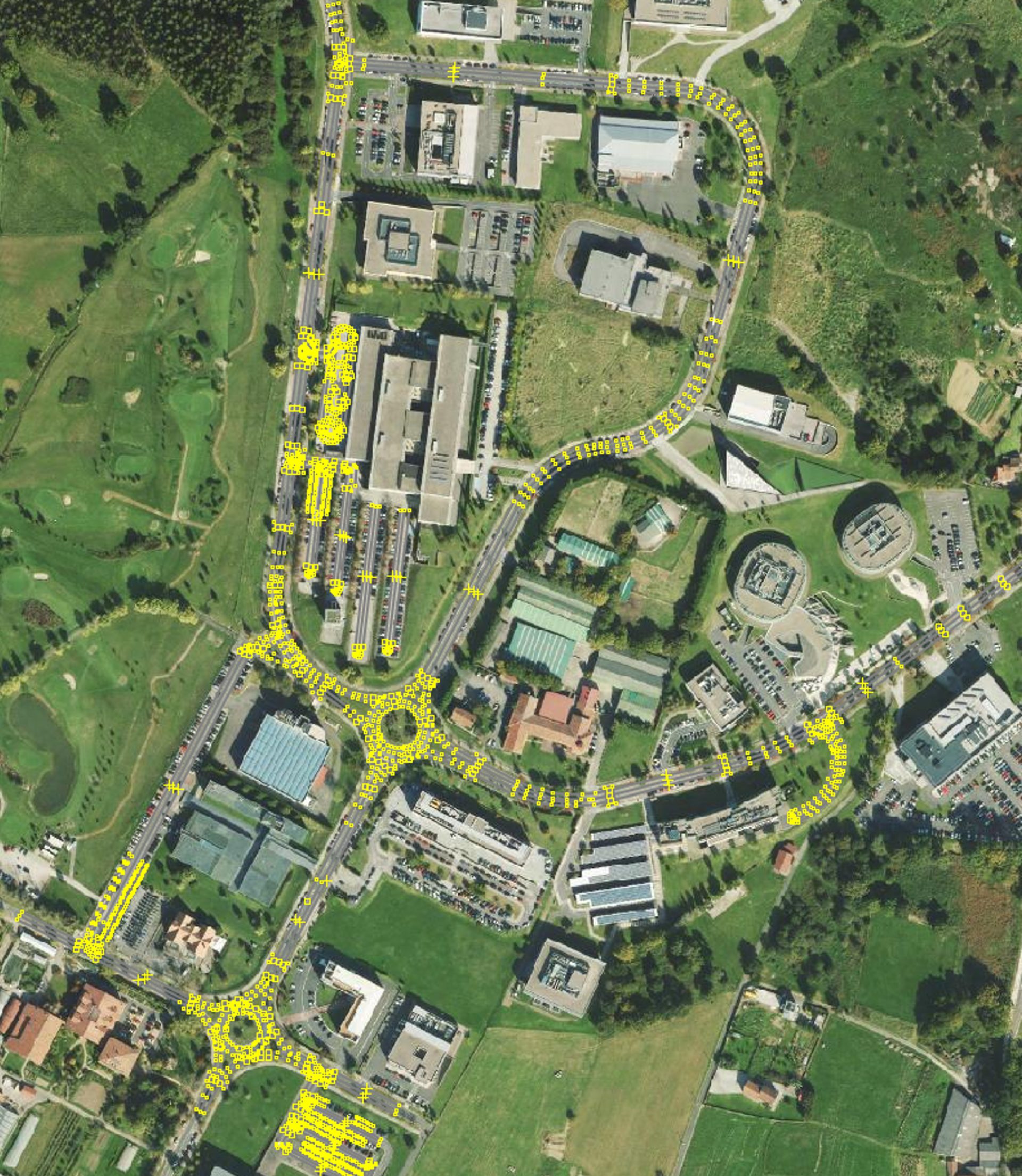AUDRIC (AUtomated DRIving Core) is an automated driving framework/software designed and developed by TECNALIA’s Cooperative and Connected Automated Driving Group (CCAM for Mobility).
It seeks to enable and validate new algorithms/functionalities in each of the stages: acquisition, perception, communication, decision, control and action, within different scenarios.
In turn, it can be implemented in simulated environments and on diverse real platforms and vehicles.
Problems solved by AUDRIC
The development times of functionalities related to automated driving is high due to the complexity of in-vehicle architectures. For example: today’s vehicles have up to 100+ on-board ECUs and many lines of code.
Tools have already been developed, such as the Autoware libraries, Apollo and simulators like Carla, Dynacar, which contribute to shortening development times, but interaction with them is complex and requires expert knowledge.
Current trends in autonomous driving entail new development needs at each stage: acquisition, perception, communication, decision, control and action, and in very diverse scenarios.
Market potential
- OEMS, Tier1 and Tier2 suppliers of the automotive industry.
- Universities and research centres or other entities performing R&D for the automotive industry.
What TECNALIA offers
- Flexible simulation tools validated in real cases.
- Framework for efficient, modular and scalable use.
- Licences installed in Irizar, Renault, electronic platforms, among others.

